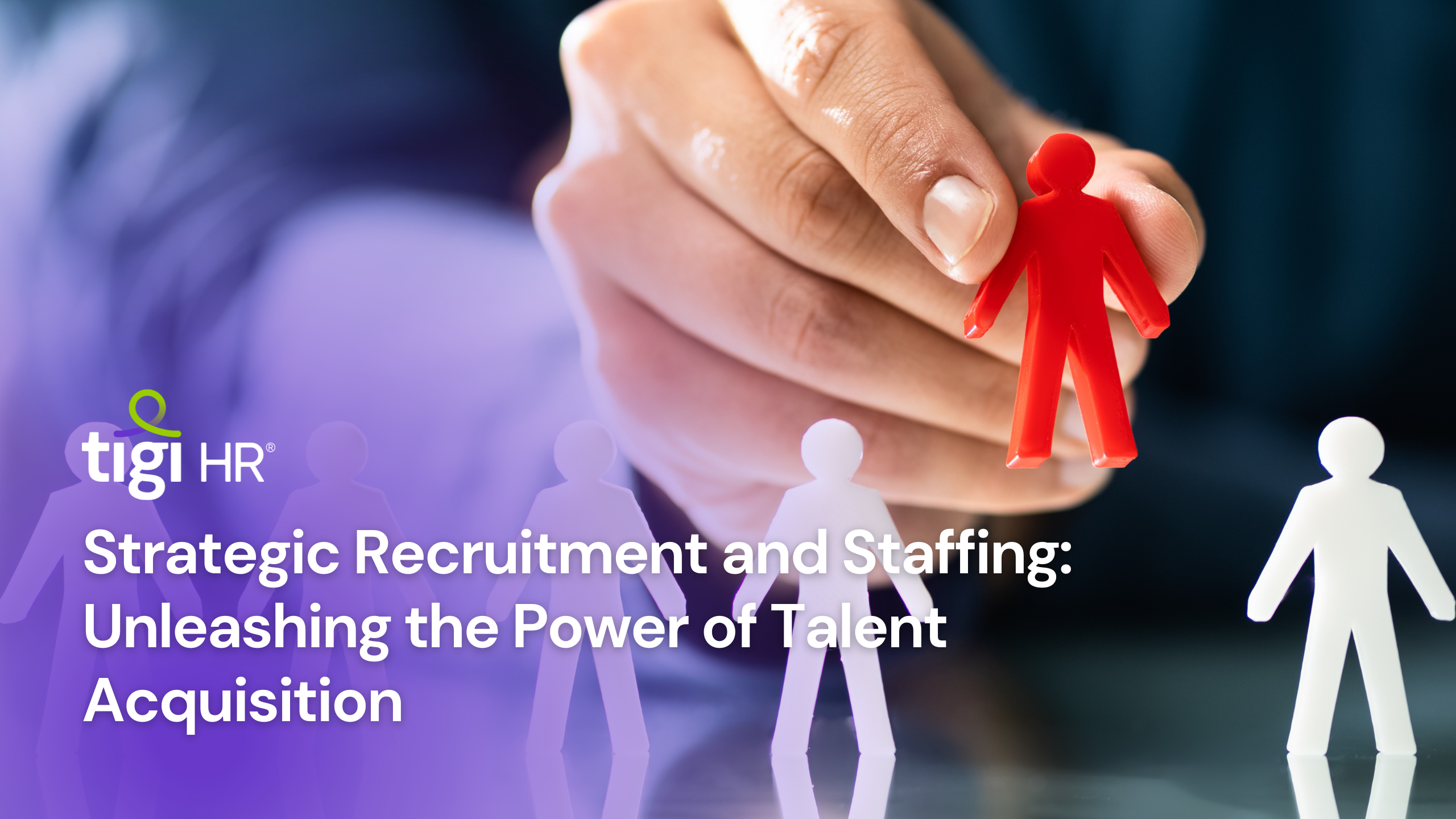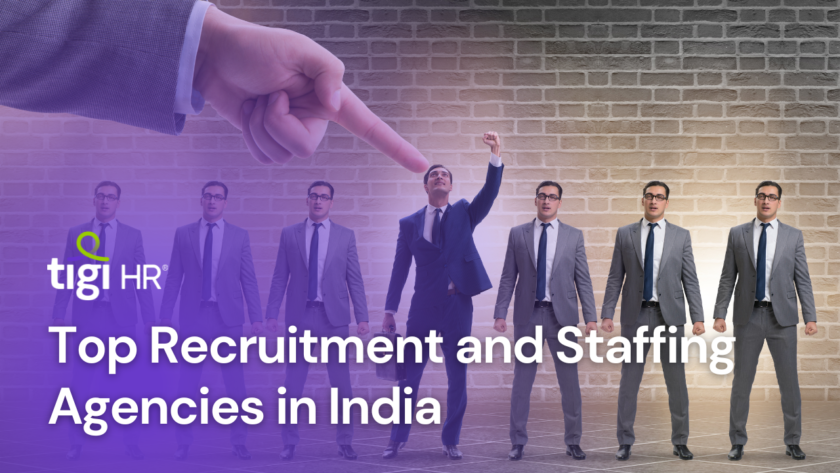In today’s highly competitive business landscape, organizations are increasingly recognizing the significance of strategic recruitment and staffing. The ability to attract and retain top talent has become a critical factor for achieving sustainable growth and maintaining a competitive edge. In this blog, we will delve into the key elements of strategic recruitment and staffing, exploring the importance of aligning talent acquisition with organizational goals, building diverse teams, and fostering a positive workplace culture.
Aligning Talent Acquisition with Organizational Goals
Strategic recruitment and staffing involve a holistic approach to talent acquisition that aligns with the broader objectives of an organization. By understanding the current and future needs of the business, recruiters can identify the skills, competencies, and experiences required in potential candidates. This ensures that new hires possess the necessary capabilities to contribute effectively towards achieving organizational goals.
To align talent acquisition with organizational goals, companies must establish clear and well-defined job descriptions that reflect the desired outcomes and expectations. This allows recruiters to source candidates who possess the right qualifications and cultural fit. By incorporating behavioral and competency-based assessments, organizations can further refine their selection process, ensuring that candidates not only meet the technical requirements but also possess the necessary soft skills to thrive in the company’s unique environment.
Building Diverse Teams
Diversity and inclusion are paramount in today’s workforce. Organizations that embrace diversity benefit from a wider range of perspectives, ideas, and innovation. Strategic recruitment and staffing involve actively seeking out diverse talent, including individuals from different ethnic backgrounds, genders, ages, and abilities. By fostering a diverse workforce, companies can tap into a broader pool of skills and experiences, driving creativity and enhancing problem-solving capabilities.
To build diverse teams, organizations should implement inclusive recruitment practices. This includes using unbiased language in job advertisements, partnering with diverse professional networks and organizations, and implementing blind resume screening to mitigate unconscious bias. By creating a culture of inclusion and promoting diversity, companies can attract top talent and enhance their reputation as an employer of choice.
Fostering a Positive Workplace Culture
A positive workplace culture is a fundamental aspect of strategic recruitment and staffing. Talented individuals are attracted to companies that offer a supportive and engaging work environment, where their contributions are valued and recognized. A strong culture helps retain top performers, reduces turnover, and enhances employee morale and productivity.
To foster a positive workplace culture, organizations should prioritize employee engagement and development. This includes providing opportunities for professional growth, offering competitive compensation and benefits packages, and implementing regular performance feedback and recognition programs. Companies should also promote work-life balance, flexibility, and wellness initiatives, ensuring employees feel supported and motivated to perform at their best.
Conclusion
Strategic recruitment and staffing are vital components of business success. By aligning talent acquisition with organizational goals, building diverse teams, and fostering a positive workplace culture, companies can unlock the full potential of their workforce. The ability to attract, develop, and retain top talent positions organizations to navigate the complexities of the modern business landscape successfully. As competition for talent intensifies, adopting a strategic approach to recruitment and staffing becomes increasingly essential.
Embracing the principles of strategic recruitment and staffing can provide a competitive advantage in the quest for exceptional talent. By integrating these key factors into their talent acquisition strategies, organizations can build a dynamic and diverse workforce, fuel innovation, and drive sustainable growth in an ever-evolving marketplace.
Investing in strategic recruitment and staffing is not only an investment in human capital but also a strategic imperative for long-term business success. By recognizing the crucial elements of strategic talent acquisition, organizations can propel themselves forward and secure their position as industry leaders.
Find trusted recruitment agencies : Click here





